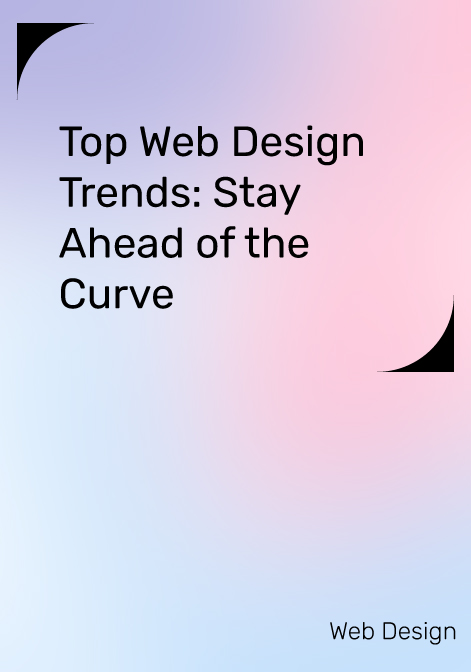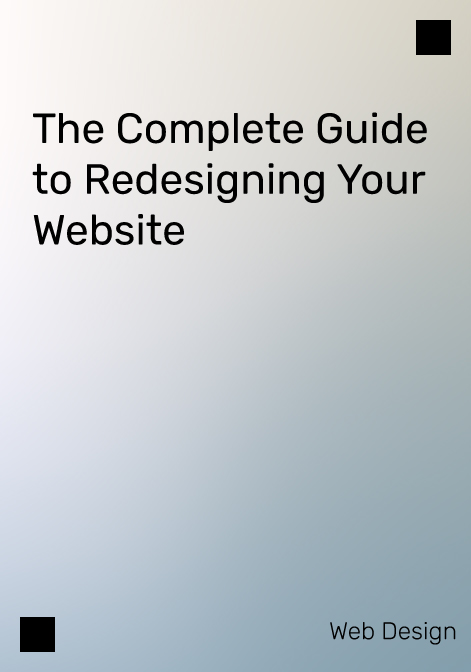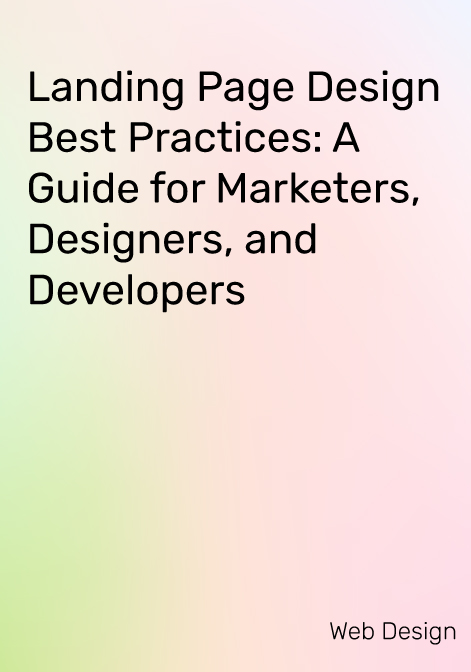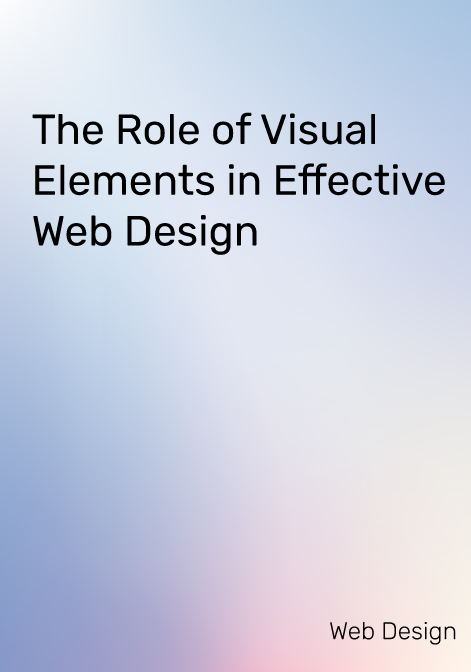How to Stay Ahead
- Follow the best practices of responsive web design, which ensures that websites adapt to different screen sizes, resolutions, and orientations.
- Adopt a user-centric approach that focuses on understanding the target audience’s needs, goals, and preferences and designing websites that meet them.
- Incorporate AI-powered design tools and techniques that can automate tasks, optimize performance, and enhance user experience.
- Experiment with 3D and immersive technologies that can create realistic and captivating web experiences that appeal to the senses and emotions of users.
- Implement dark mode as an option or a default feature for websites that can improve user comfort, battery life, and aesthetics.
- Use typography as a creative element that can enhance websites’ visual appeal, readability, and communication.
Top Website Design Trends
Mobile-First Design
Mobile-first design is a web design philosophy that prioritizes the performance and usability of websites on mobile devices. It means designing websites from the smallest screen size up rather than from the largest screen size down. Mobile-first design is essential to cater to the growing number of mobile users who access the internet via smartphones and tablets.
Responsive Design
Websites using responsive design can adapt to different screen sizes, resolutions, and orientations. It uses flexible layouts, images, and media queries to adjust the content and structure of a website according to the device it is viewed on. Responsive design is a critical component of mobile-first design, as it ensures that websites can provide a consistent and optimal user experience across various devices.
Mobile-Friendly Navigation
Mobile-friendly navigation is a web design feature that makes it easy for users to navigate a website on a mobile device. It involves creating menus, buttons, links, and other elements that are accessible, intuitive, and responsive on smaller screens. Mobile-friendly navigation also considers thumb reachability, touch accuracy, scrolling behavior, and loading speed. Some examples of mobile-friendly navigation are:
- Hamburger menus: A menu icon consisting of three horizontal lines expands into a full menu when tapped.
- Sticky menus: A menu that stays fixed at the top or bottom of the screen as the user scrolls through the website.
- Swipe gestures: A gesture that allows users to swipe left or right to access different sections or pages of a website.
- Bottom navigation bars: A navigation bar that appears at the bottom of the screen with icons or labels for a website’s main sections or pages.
Minimalism
Minimalism is a trending web design trend that emphasizes simplicity, clarity, and elegance in web design. It involves using only the essential elements and content necessary for conveying a website’s message and purpose. Minimalism also aims to reduce visual clutter, cognitive load, and distraction for users.
- White space: The space between elements that creates contrast, balance, and focus in web design.
- Large typography: The use of large fonts that make hierarchy, readability, and impact in web design.
- Monochrome or limited color palettes: Using one or a few colors that make harmony, consistency, and mood in web design.
- Simple shapes and icons: The use of geometric shapes and icons that create visual interest, symbolism, and functionality in web design.
- Minimal content: The use of concise and clear text and images that communicate a website’s essential information and value proposition.
AI-Powered Design
AI-powered design is a web design trend that leverages artificial intelligence and its applications in web design, such as automation, personalization, and predictive design.
- Automate tasks: AI can automate repetitive and tedious tasks in web design, such as coding, testing, debugging, and optimizing websites. AI can also generate content, layouts, and designs based on user input, preferences, and data.
- Personalize experiences: AI can personalize web experiences for users based on their behavior, preferences, location, device, and other factors. AI can also provide users with recommendations, suggestions, and feedback based on their needs and goals.
- Predict outcomes: AI can predict the results of web design decisions, such as the impact of color, font, layout, and content on user engagement, conversion, and satisfaction. AI can also anticipate user needs and expectations and provide relevant and timely solutions.
Additional Reads: Visual Elements In Effective Web Design
3D and Immersive Experiences
3D and immersive experiences are web design trends that use technologies like virtual reality (VR) and augmented reality (AR) to create realistic and captivating web environments that appeal to the senses and emotions of users.
- Create depth and realism: 3D and immersive technologies can create depth and realism in web design by adding perspective, dimension, texture, and movement to elements. 3D and immersive technologies can also create realistic simulations of physical objects, environments, and scenarios that users can interact with.
- Engage and entertain users: 3D and immersive technologies can engage and entertain users by providing them with fun, exciting, and memorable web experiences. 3D and immersive technologies can stimulate user curiosity, creativity, and imagination by allowing them to explore, discover, and create in web environments.
- Educate and inform users: 3D and immersive technologies can educate and inform users by providing immersive learning experiences that enhance their understanding, retention, and application of information. 3D and immersive technologies can also provide users with immersive storytelling experiences that convey the message and purpose of a website.
Dark Mode
Dark mode is a web design feature that lets users change the color scheme of a website. The dark mode is popular among users for its comfort, battery life, and aesthetic benefits.
- User comfort: Dark mode can reduce eye strain, fatigue, and headaches for users who browse websites in low-light or dark environments. Dark mode can also improve user sleep quality by reducing the exposure to blue light that can disrupt the circadian rhythm.
- Battery life: Dark mode can save battery life for devices that use OLED or AMOLED screens by turning off the pixels that display black colors. Dark mode can also reduce the power consumption of devices by lowering the brightness level.
- Aesthetics: Dark mode can enhance the aesthetics of a website by creating contrast, focus, and mood. Dark mode can also highlight a website’s colors, images, and typography.
Typography
Typography is the art and technique of arranging types in web design. Typography plays a vital role in conveying the personality and message of a website. Typography also affects a website’s visual appeal, readability, and communication.
- Large typography: The use of large fonts that create hierarchy, readability, and impact in web design.
- Variable fonts: The use of fonts that can change their appearance according to different parameters, such as weight, width, slant, or style.
- Animated typography: Using fonts with motion or transformation effects that create interest, dynamism, and interactivity in web design.
- Handwritten typography: The use of fonts that mimic handwriting or calligraphy that create personality, emotion, and authenticity in web design.
Voice User Interface (VUI)
Users interact with a system through voice or speech commands in this web design trend. Some examples of VUIs are Siri, Google Assistant, and Alexa. VUIs can provide a hands-free, eyes-free way of interacting with a website, especially for users with disabilities or when visual or touch-based interfaces are not convenient or available. Some of the challenges and guidelines for designing VUIs are:
- Provide clear and concise feedback: VUIs should provide feedback to the user that confirms the system’s understanding of the user’s input, the system’s state, and the system’s actions. Feedback should be brief and relevant, avoiding unnecessary or repetitive information.
- Offer guidance and help: VUIs should offer guidance and help to the user when needed, such as when the user is unsure of what to say, when the user makes an error, or when the user asks for help. Guidance and support should be context-sensitive and informative, explaining the options and capabilities of the system.
- Handle errors gracefully: VUIs should handle errors gracefully, such as when the system does not recognize the user’s input, when the system cannot perform the user’s request, or when the system encounters an unexpected situation. Errors should be acknowledged and corrected, offering alternatives or suggestions to the user.
- Design natural and conversational interactions: VUIs should design natural and conversational interactions that mimic human communication, such as using natural language, tone, and emotion. Interactions should also be coherent, consistent, and logical, following the principles of conversation analysis.
Microinteractions
Microinteractions is a web design trend that uses subtle, small-scale interactions that occur between users and websites. They are the intricate details that enhance the overall user experience by providing feedback, guidance, and engagement throughout the user’s journey.
- They are brief, focused, and goal-oriented, serving a specific purpose within the website’s functionality.
- They can be as simple as a hover effect highlighting a clickable element or as complex as a multi-step form with real-time validation.
- They can increase user engagement by showing them how to interact with the website, encouraging them to act in a certain way, and making them feel like they are having a two-way conversation.
- They can lower the cost and time involved in developing a website by using micro-interactions from web design templates.
- They can make the website more dynamic, memorable, and unique by creating contrast, focus, and mood.
Additional Reads: Typography Trends
Asymmetric Layouts
This web design trend uses layouts that are not perfectly symmetrical or balanced but create contrast, focus, and dynamism by using different sizes, shapes, colors, and positions of elements. Some of the advantages and challenges of asymmetric layouts are:
- They can create depth and realism by adding perspective, dimension, texture, and movement to elements.
- They can engage and entertain users by providing them with fun, exciting, and memorable web experiences.
- They can educate and inform users by providing immersive storytelling experiences that convey the message and purpose of a website.
- They can be challenging to design and execute, requiring a good understanding of visual hierarchy, alignment, and balance.
- They can be risky and unconventional, as they may appeal to only some users or fit all websites.
Conclusion
Web design trends will magnify the growing significance of user experience, accessibility, sustainability, and innovation in the digital realm. As a leading provider of web design and development services, we understand the importance of incorporating these trends into our projects. By doing so, we ensure our websites meet the evolving needs and expectations of users and businesses, both now and in the future. Our commitment to staying at the forefront of these trends enables us to craft exceptional websites that leave a lasting impact on visitors and drive success for our clients.W




